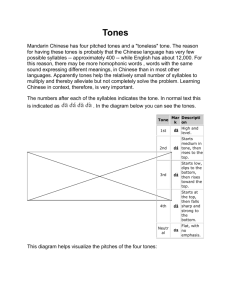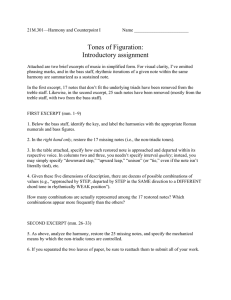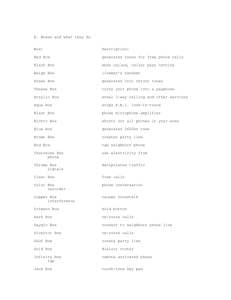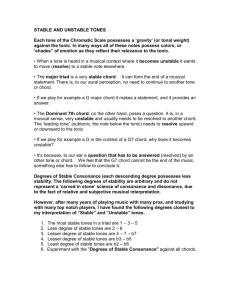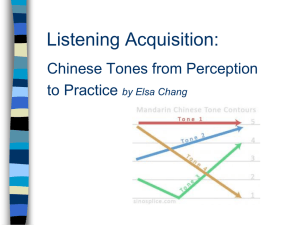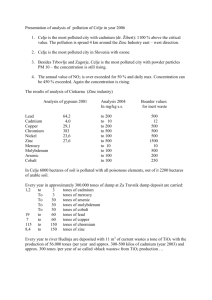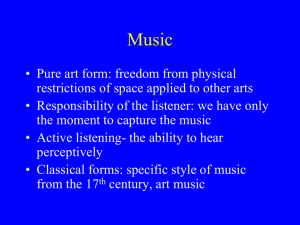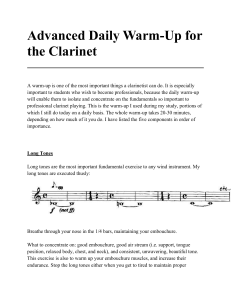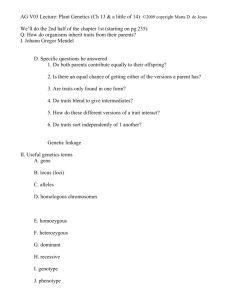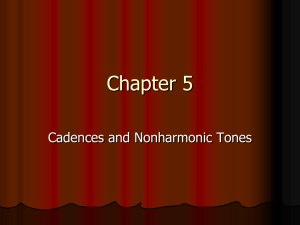Melodic Figuration and Dissonance * Part 1
advertisement
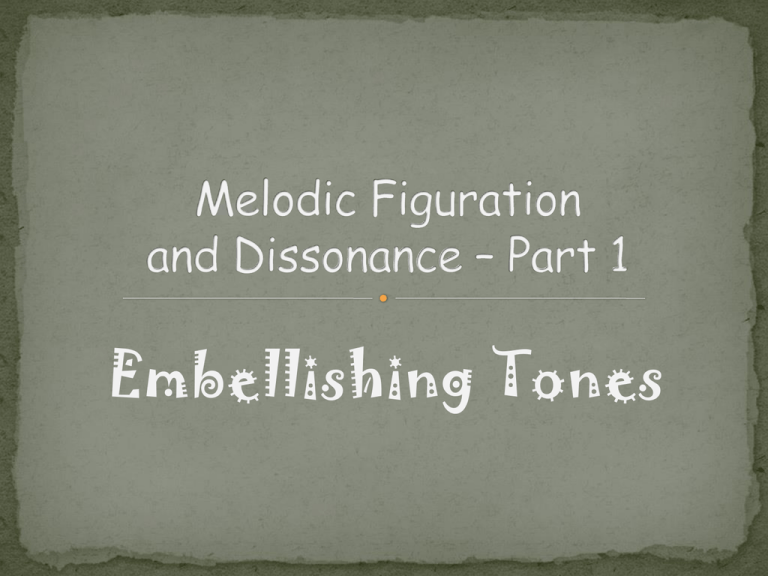
Embellishing Tones Important Notes vs. Pretty Notes Embellishing tones may or may not be chord tones Embellishing tones contribute to the forward motion of the music Chord tones tend to skip or leap Non-Chord tones (dissonant harmonies) tend to move by step Dissonances – 2nd, 4th, 7th, 9th, & tritone Chordal Figuration (Fig. 7.1a) tones related to the supporting harmony Non-harmonic Figuration (Fig. 7.2) tones dissonant to the supporting harmony Melodic profile – managing dissonances Rhythmic accentuation – metric implications Unaccented/Stepwise (US) Offbeat or weak metric position – approached/left by step or common tone Unaccented/Leaping (UL) Offbeat or weak metric position – approached/left by leap – in rare cases, both Accented/Stepwise (AS) Strong metric position – approached and left by step or common tone Accented/Leaping (AL) Strong metric positions – approached/left by leap – in rare cases, both Unaccented Passing Tone (P) Bridges a melodic interval of a 3rd (rarely a 4th) Stepwise motion; either up or down Pairs of passing tones that occur simultaneously may move in similar or contrary motion Unaccented Neighboring Tone (N) Decorates same chord tone by stepwise motion; upper or lower neighbor Move back to their original note rather than moving Anticipation (A) Anticipated the next chord tone by arriving early Approached by step from above or below; lands on the unaccented beat Occurs frequently at cadences – precedes the final soprano note Incomplete Neighbors (IN) Include a leap to a dissonant in their melodic contour Escape Tone (eschappé) (E) Approached by step and resolved by leap Found at cadences usually in conjunction with an anticipation Leaping Tone (LT) Sometimes called an appoggiatura (this is a bit of a misnomer) We’ll discuss that a little later Dissonant note of the IN approached by leap and resolved by step The wacky Double Neighbor (DN) or Changing Tones (CT)
